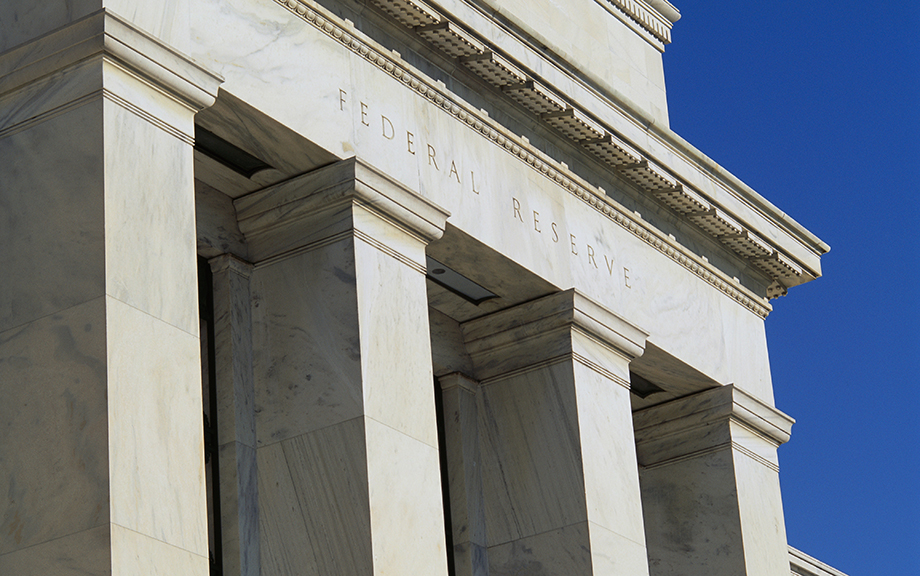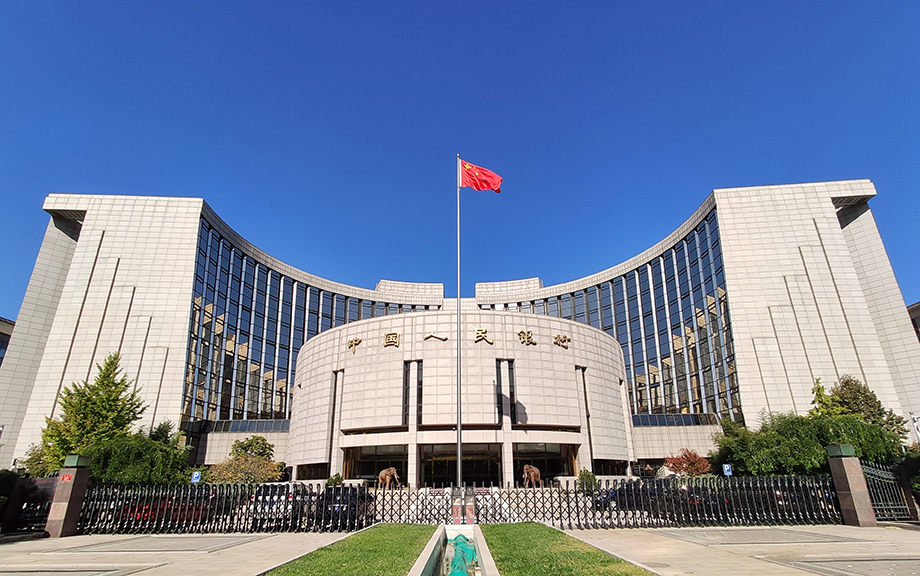How Do Interest Rates (and Depositors) Impact Measures of Bank Value?

The rapid rise in interest rates across the yield curve has increased the broader public’s interest in the exposure embedded in bank balance sheets and in depositor behavior more generally. In this post, we consider a simple illustration of the potential impact of higher interest rates on measures of bank franchise value.
Insights from Newly Digitized Banking Data, 1867‑1904

Call reports—regulatory filings in which commercial banks report their assets, liabilities, income, and other information—are one of the most-used data sources in banking and finance. Though call reports were collected as far back as 1867, the underlying data are only easily accessible for the recent past: the mid-1980s onward in the case of the FDIC’s FFIEC call reports. To help researchers look farther back in time, we’ve begun creating a complete digital record of this “missing” call report data; this data release covers 1867 through 1904, the bulk of the National Banking Era. Here, we describe the digitization process and highlight some of the interesting features of that era from a research perspective.
Does the CRA Increase Household Access to Credit?
Congress passed the Community Reinvestment Act (CRA) in 1977 to encourage banks to meet the needs of borrowers in the areas in which they operate. In particular, the Act is focused on credit access to low- and moderate-income communities that had historically been subject to discriminatory practices like redlining.
How the LIBOR Transition Affects the Supply of Revolving Credit

In the United States, most commercial and industrial (C&I) lending takes the form of revolving lines of credit, known as revolvers or credit lines. For decades, like other U.S. C&I loans, credit lines were typically indexed to the London Interbank Offered Rate (LIBOR). However, since 2022, the U.S. and other developed-market economies have transitioned from credit-sensitive reference rates such as LIBOR to new risk-free rates, including the Secured Overnight Financing Rate (SOFR). This post, based on a recent New York Fed Staff Report, explores how the provision of revolving credit is likely to change as a result of the transition to a new reference rate.
The Recent Rise in Discount Window Borrowing

The Federal Reserve’s primary credit program—offered through its “discount window” (DW)—provides temporary short-term funding to fundamentally sound banks. Historically, loan activity has been low during normal times due to a variety of factors, including the DW’s status as a back-up source of liquidity with a relatively punitive interest rate, the stigma attached to DW borrowing from the central bank, and, since 2008, elevated levels of reserves in the banking system. However, beginning in 2022, DW borrowing under the primary credit program increased notably in comparison to past years. In this post, we examine the factors that may have contributed to this recent trend.
Foreign Banking Organizations in the United States and the Price of Dollar Liquidity

Foreign banking organizations (FBOs) in the United States play an important role in setting the price of short-term dollar liquidity. In this post, based on remarks given at the 2022 Jackson Hole Economic Policy Symposium, we highlight FBOs’ activities in money markets and discuss how the availability of reserve balances affects these activities. Understanding the dynamics of FBOs’ business models and their balance sheet constraints helps us monitor the evolution of liquidity conditions during quantitative easing (QE) and tightening (QT) cycles.
Does Bank Monitoring Affect Loan Repayment?

Banks monitor borrowers after originating loans to reduce moral hazard and prevent loan losses. While monitoring represents an important activity of bank business, evidence on its effect on loan repayment is scant. In this post, which is based on our recent paper, we shed light on whether bank monitoring fosters loan repayment and to what extent it does so.
How Do Deposit Rates Respond to Monetary Policy?

When the Federal Open Market Committee (FOMC) wants to raise the target range for the fed funds rate, it raises the interest on reserve balances (IORB) paid to banks, the primary credit rate offered to banks, and the award rate paid to participants that invest in the overnight reverse repo (ON RRP) market to keep the fed funds rate within the target range (see prior Liberty Street Economics posts on this topic). When these rates change, market participants respond by adjusting the valuation of financial products, of which a significant category is deposits. Understanding how deposit terms adapt to changes in policy rates is important to understanding the impact of monetary policy more broadly. In this post, we evaluate the pass through of the fed funds rate to deposit rates (that is, deposit betas) over the past several interest rate cycles and discuss factors that affect deposit rates.
Banking System Vulnerability: 2022 Update

To assess the vulnerability of the U.S. financial system, it is important to monitor leverage and funding risks—both individually and in tandem. In this post, we provide an update of four analytical models aimed at capturing different aspects of banking system vulnerability with data through 2022:Q2, assessing how these vulnerabilities have changed since last year. The four models were introduced in a Liberty Street Economics post in 2018 and have been updated annually since then.
A Closer Look at Chinese Overseas Lending

While considerable attention has focused on China’s credit boom and the rise of China’s domestic debt levels, another important development in international finance has been growth in China’s lending abroad. In this post, we summarize what is known about the size and scope of China’s external lending, discuss the incentives that drove this lending, and consider some of the challenges these exposures pose for Chinese lenders and foreign borrowers.










 RSS Feed
RSS Feed Follow Liberty Street Economics
Follow Liberty Street Economics